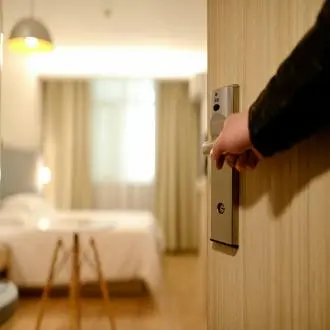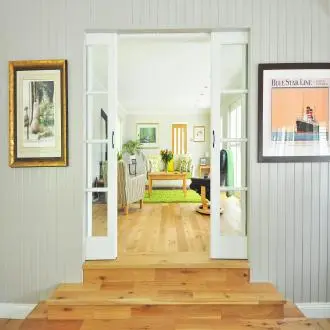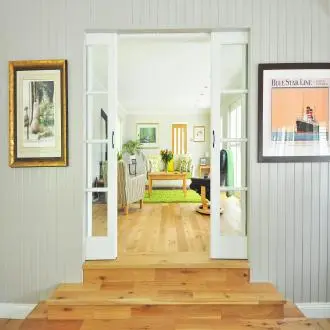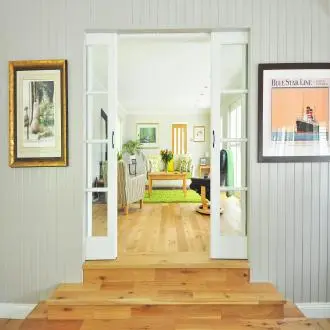Transcription peculiaritiesoffloormanagementinnon-hotelentities(Ii)
Residential Centers: Geriatric and School
Residential centers also present unique challenges.
Residential centers for the elderly are establishments that house older people, either because they live alone or because their relatives are unable to adequately care for them.
The cost of these centers varies depending on their facilities and services, and there are both public and private options.
For the housekeeping staff, the job here involves not only cleaning, but also contributing to a safe, comfortable, and home-like environment.
Special attention must be paid to removing obstacles, ensuring bathroom safety, and creating a calm and pleasant atmosphere.
On the other hand, school residences are educational centers that offer boarding services to students.
Their objective is to provide accommodation and a space for the development of educational and leisure activities.
They are intended for students who, for geographical or socioeconomic reasons, cannot otherwise access the desired studies.
In this case, cleaning should focus on maintaining a high level of hygiene in youth living spaces, such as shared dormitories, bathrooms, and study areas, to prevent the spread of common diseases and ensure a healthy environment that promotes academic performance.
Other Accommodations and Organizational Structure
The category of non-tourist accommodation is broad and includes other places such as penitentiary establishments, whose purpose is the fulfillment of sentences of deprivation of liberty.
In all of these very diverse environments, from a clinic to a student residence, cleaning tasks are a fundamental constant.
The organizational structure to carry out these tasks is usually hierarchical and functional.
Typically, there is a Manager or maximum person in charge of the service, on whom the Managers of the different areas, such as common areas, rooms, or the laundry room, report to.
Under the supervision of these managers is the direct execution staff: chambermaids and cleaning assistants, as well as laundry staff, ironers and seamstresses.
This structure, although adapted to the specific needs of each center, demonstrates that the organizational principles and basic functions of the housekeeping department are transferable and adaptable to contexts very different from the purely hotel one.
The hierarchical model is structured as follows:
Superior Level:
- Manager.
Supervisory Level (reporting to the Manager):
- Common and Private Areas Manager.
- Room Manager.
- Laundry Manager.
Operational Level (executive staff):
- Under the Common and Private Areas Manager, there are the Chambermaid and the Cleaning Assistant.
- Under the Room Manager, there are the Chambermaid and the Cleaning Assistant.
- Under the Laundry Manager are the Laundress, Ironer, and Seamstress.
Summary
In nursing homes, cleaning work seeks to create a safe, comfortable, and home-like environment. Special attention is paid to removing obstacles and ensuring safety.
On the other hand, in school residences, cleaning focuses on maintaining a high level of hygiene in youth living spaces. The objective is to prevent common illnesses and promote performance.
These centers, along with others such as prisons, usually have a hierarchical structure. A manager supervises the area managers, who direct operational staff such as chambermaids.
peculiarities of floor management in non hotel entities




